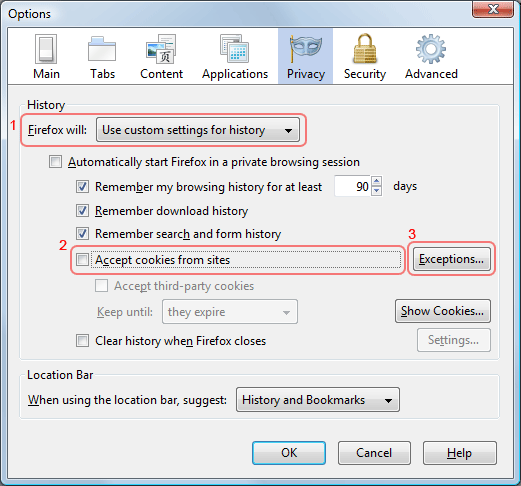
- How do you secure delete on mac how to#
- How do you secure delete on mac for mac#
- How do you secure delete on mac install#
- How do you secure delete on mac password#
But by clearing out those leftovers, manually or automatically, you can rid yourself of those unwanted files and give your Mac a boost at the same time. Letting it get cluttered with app leftovers is likely to see it slowing down and running out of disk space. To make the most out of your Mac, you have to take good care of it. That’s much better than the frankly tiresome process of deleting app leftovers manually. In MacKeeper, that feature is called Smart Uninstaller. These are designed to optimize the performance of your Mac, and they often include the ability to seek out and delete leftover files.
How do you secure delete on mac for mac#
You can use a dedicated uninstaller for Mac like MacKeeper. The good news is there's an easy way to automate the process.
How do you secure delete on mac install#
And voilà - now the app is uninstalled completely! Can you optimize and speed up the leftover-removal process?Īlthough manually finding leftover files on a Mac isn’t difficult, it is time consuming - especially if you tend to install and delete apps frequently. Once you've managed to manually find the leftovers, all you need to do is select all those folders and files and move them to Trash.
How do you secure delete on mac how to#
How to delete software leftovers on a Mac The files you see are exactly what you've been searching for - the leftovers. Make sure you're searching within the Library folder (if you search within This Mac, you won't see all the hidden files you need)ģ. Type the name of the app you want to find leftovers for in the Search field, and you'll see all the files and folders containing the name of the appĢ.

Now you need to find leftovers of apps you want to be completely deleted.ġ. is not a support page from Apple support.

Good job! You're already halfway through. If you follow the instructions carefully, the Library folder will show up. Log out of your device so that it returns to the login screen.
How do you secure delete on mac password#
Enter the new password to match your account’s password. Go to Preferences in the Keychain Access menu. Type ~/Library in the pop-up window and press Go How to delete a Keychain on Mac and reset: Open Keychain Access from the Utilities folder. Wait, what In a tech note posted to Apple’s own online Knowledge Base, Apple explains that secure erase options are not available in Disk Utility for SSDs. If your Mac comes equipped with an SSD, Apple’s Disk Utility software won’t actually let you zero the hard drive. Find Go to Folder in the drop-down menu, click on it.ģ. What do you do if you have an SSD Securely Erasing SSDs, and Why Not To. Open Finder and find the Go section in the upper menuĢ.

But as with other hidden files in macOS, there's a simple trick you can use to access it.ġ. Unless you’re still on OS X 10.7 or older, you won't be able to see the Library. Normally, leftovers are located in the Library folder. To delete app leftovers on your Mac, you first need to find them. How to find software leftovers on your Mac Check storage on Mac before and after, to see the difference. Knowing how to locate and remove these leftover files can give your Mac a speed bump and clear out some disk space. Such files and folders are called leftovers, and while they may not seem like a big deal in small amounts, they can build up over time. These remain on your Mac even after the app itself is deleted. The problem is most apps create additional files and folders outside of the Applications folder. If that's how you normally uninstall apps on your Mac, chances are it's slowly filling up with software leftovers - things like caches, logs and register files, which stick around long after apps have been deleted.ĭeleting app leftovers manually works okay, but it’s slow and tedious.ĭownload MacKeeper and it’ll do the job for you in seconds. But there’s a big problem with deleting apps like that. How do you normally remove an unwanted app from your Mac? Do you just find its icon in the Applications folder, move it to Trash, then empty the Trash folder? If so, you’re like many people.


 0 kommentar(er)
0 kommentar(er)
